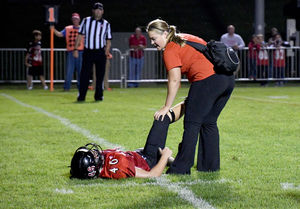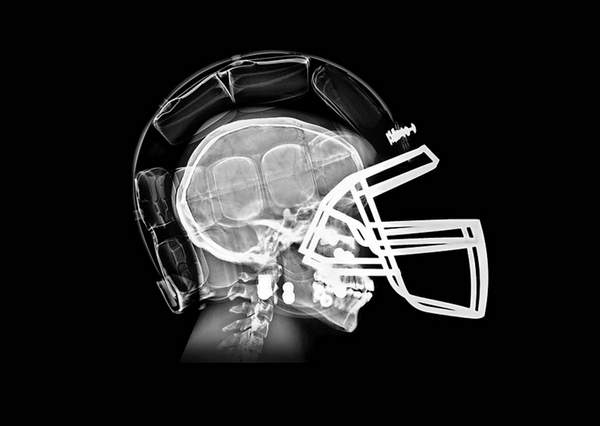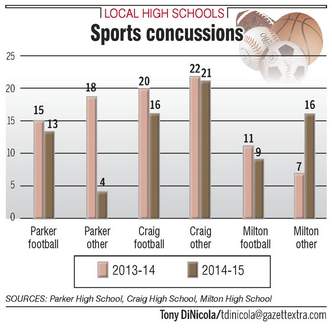
Article reposted from The Milton Courier
Author: Michael Gouvion
Many kids dream of what they want to be when they grow up. Sometimes it works out, many times it doesn’t.
Leah Keyes knew from a young age that she wanted to be in healthcare. She has stuck with her dreams and took over as Milton High School’s athletic trainer as the fall sports season began.
“I loved my athletic trainer in high school and would find myself in his room during my off seasons, asking him endless questions about the evaluation and tests he would perform or procedures he would do with the athletes,” said Keyes, who graduated from Pulaski High School near Green Bay in 2010. “I shadowed him during my senior year of high school and fell in love with the profession.”
Keyes has always been involved in athletics. She said her main sport was softball, but she also played basketball, volleyball and ran cross country. She even umpired in a youth softball league, volunteered at various youth camps and helped out with grounds keeping for summer tournaments.
After high school, she graduated with a bachelor of science degree in athletic training from the University of Wisconsin-La Crosse in 2014.
Throughout her four years at UW-La Crosse, she worked rotations with the collegiate sports and athletes, including the women’s soccer team, baseball, cross country, men’s track and field, men’s basketball and football. She provided athletic training services at the NCAA DIII Track and Field Championships in 2013 and Wrestling Championships in 2012.
She also has experience at the WIAA Track and Field Championships, which take place in La Crosse each June.
Keyes moved to the Rock County area after getting an athletic training job through Beloit Health System at Beloit Memorial High School in August 2014, and worked there until this past August. She said she had a friend group from Milton at UW-La Crosse, so when she moved to the area, she had her connections.
“I love the small-town feel,” said Keyes, who took over for Elyse Midas. “It reminds me a lot of my hometown and where I went to high school.”
Midas moved on for a clinic position with Mercy Health System.
Now that she has one season under her belt, Keyes said she is loving her job at MHS so far.
“I am getting to know staff, coaches and athletes, and I look forward to meeting more as we move into the winter sports,” Keyes said. “Everyone has been very welcoming and great. One reason I love working with high school athletes is because of the life lessons that high school sports teach. I know that my experiences with youth and high school sports helped make me into the person I am today. High school athletics teaches things that you can’t learn in a classroom.
“Within my first two months of working at Milton High School, I have seen great respect, discipline and leadership displayed by both coaches and student athletes.”
Keyes, who is employed by Mercy, arrives around 2:30 p.m. each day to MHS, and once the final bell rings, her room can be flooded quickly with athletes. She will tape many athletes and get them out to practice and also do injury evaluations or check-ins.
“Sometimes they need a full evaluation, a treatment plan, a referral, practice restrictions, etcetera,” Keyes said. “I work with athletes who have concussions through their rehabilitation to return to their sport. I also do general rehab with injured athletes.”
Keyes also provides athletic training services during many events at the high school. She is licensed to practice athletic training in Wisconsin and Illinois.
MHS Athletic Director Brian Hammil said Keyes is doing a great job picking up where Midas left off.
“We are fortunate that Mercy is able to attract such quality trainers,” Hammil said. “I feel confident that our athletes will continue to receive outstanding care.”
In her time as the athletic trainer at MHS, Keyes said she wants to build trust and relationships within the high school and with the community.
Although she might eventually want to transition into an athletic training in a physician setting with more regular hours and less late nights, Keyes said she loves the high school setting right now.
“My goal as an athletic trainer is to see the athletes at MHS achieve their maximum potential as athletes,” Keyes said. “From preventing injuries to treating injuries, the main goal is to get them back to competition both safely and efficiently.”

